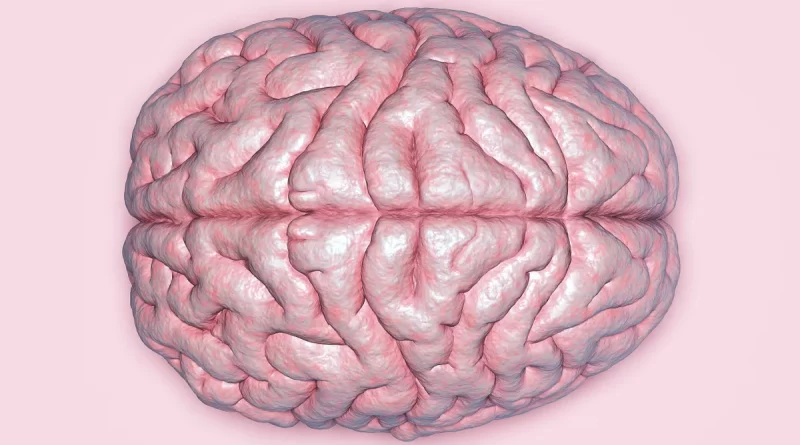PT Health Watch: How life conditions shape Mental Health
The World Health Organisation (WHO) has revealed that people’s mental health is deeply influenced by the conditions in which they live, grow, and work.
Beyond individual traits, factors such as poverty, violence, inequality, and poor housing can affect how people think, feel, and cope with daily stress.
Mental health, WHO notes, is a state of well-being in which individuals realise their abilities, manage life’s challenges, work productively, and contribute to their communities.
How social and environmental conditions affect the brain
The brain, often described as the body’s command centre, controls every function that defines human life, from movement and memory to emotions, learning, and decision-making.
It is composed of billions of interconnected nerve cells that constantly send and receive electrical and chemical signals. Within it, the prefrontal cortex helps people plan and regulate their emotions, while the amygdala and hippocampus play central roles in processing fear, stress, and memory.
However, the brain is not a fixed organ; it is shaped continuously by experience. From birth through adulthood, a person’s social and physical environment, the air they breathe, the safety of their home, the quality of their relationships, can leave lasting marks on how the brain functions and develops.
According to experts, chronic stress, violence, poverty, and environmental deprivation can alter brain chemistry and structure. Prolonged exposure to stress, for instance, raises the level of cortisol, the body’s main stress hormone.
When cortisol remains high for long periods, it can shrink or impair areas of the brain responsible for learning, memory, and emotional balance, especially the hippocampus.
Children who grow up in violent homes or experience harsh parenting are more likely to develop an overactive amygdala , the region that controls fear and emotional reactions.
This heightened activity often leaves them anxious or hypervigilant, even in safe environments, increasing their vulnerability to mental illness later in life.
Poverty also exerts a silent but powerful influence. Beyond limiting access to nutrition, healthcare, and education, poverty creates constant uncertainty that taxes the brain’s stress response system.
A study has shown that children raised in deprived settings may have smaller brain volumes in regions linked to language, emotional regulation, and cognitive control.
Social inequality, too, isolates individuals and weakens the neural networks that support empathy, trust, and social connection, all essential for mental well-being.
Environmental conditions such as air pollution, noise, and exposure to toxins have also been associated with reduced brain function and cognitive decline.
In densely populated or polluted communities, the constant exposure to environmental stressors keeps the brain in a heightened state of alertness, often disrupting sleep and emotional stability.
Global burden of mental illness
More than one billion people worldwide are currently living with mental health disorders, according to data from the WHO.
Conditions such as anxiety and depression continue to exact an immense human and economic toll, affecting individuals, families, and societies at large.
Although many countries have strengthened their mental health policies and programmes in recent years, the WHO warns that greater investment and sustained global action are urgently needed to scale up services that protect and promote mental well-being.
Mental health conditions remain prevalent across all regions, cutting across age, gender, and income levels.
Disorders such as depression and anxiety now rank among the leading causes of long-term disability, accounting for a significant share of the world’s loss of healthy life years.

